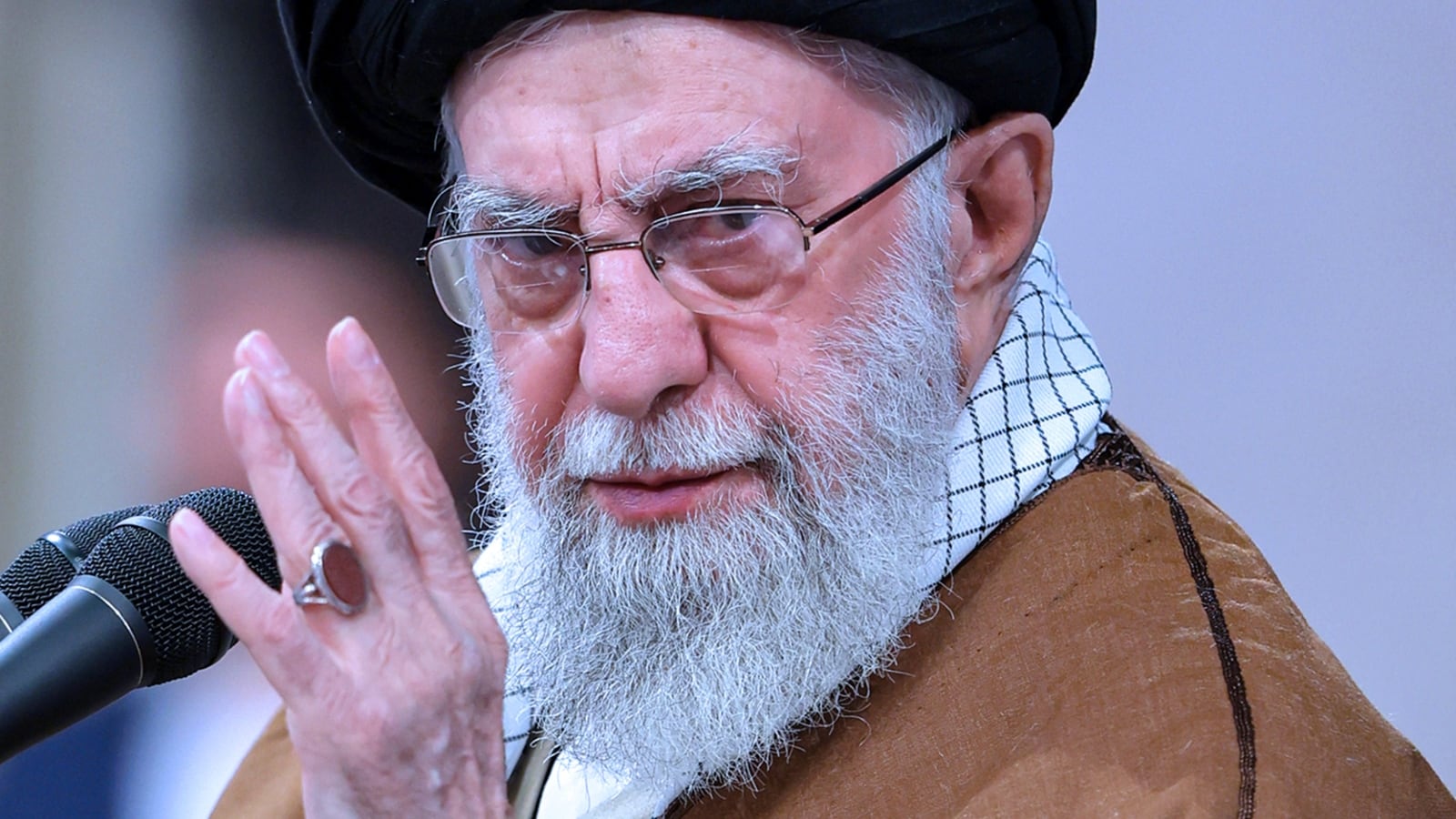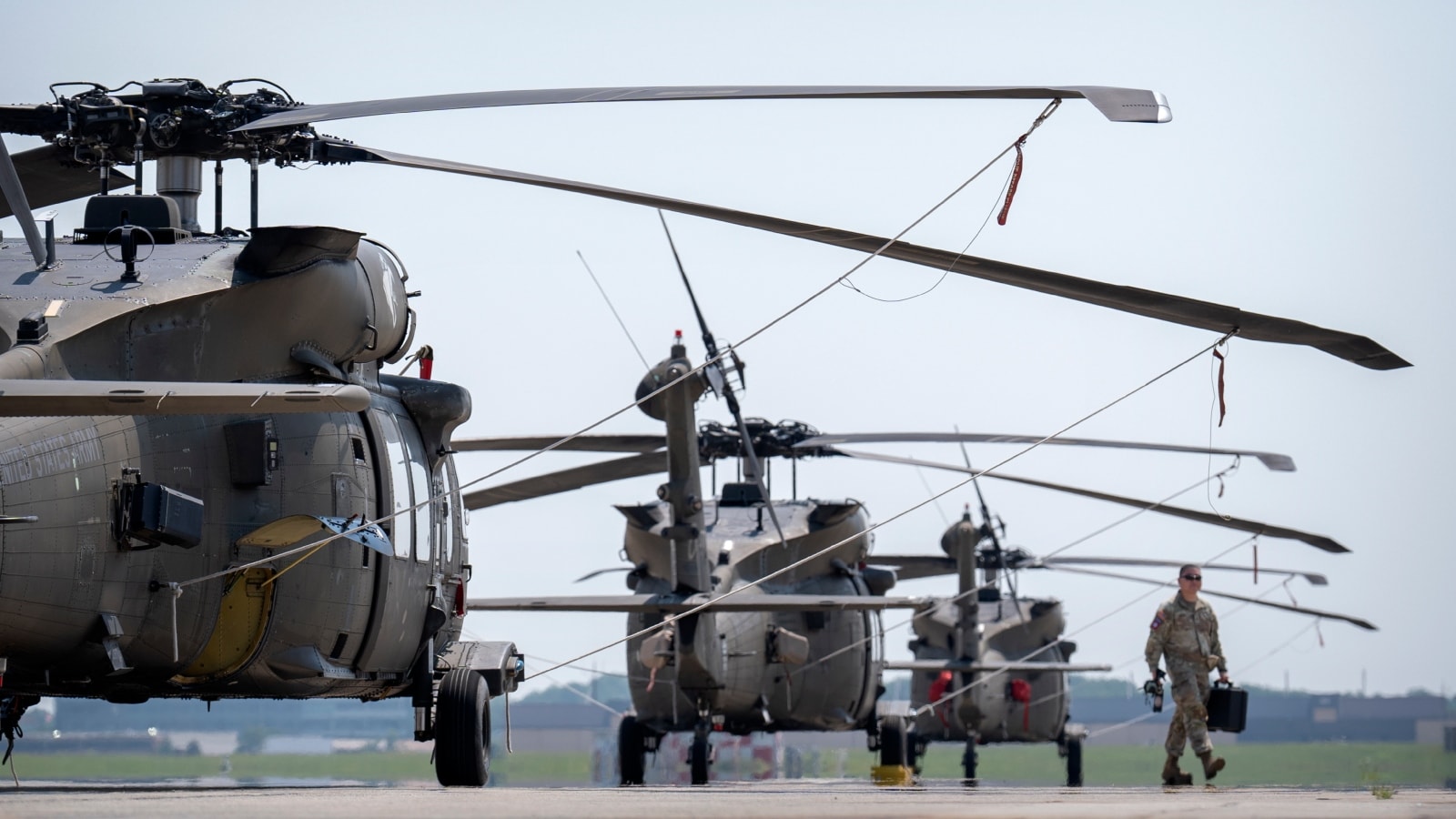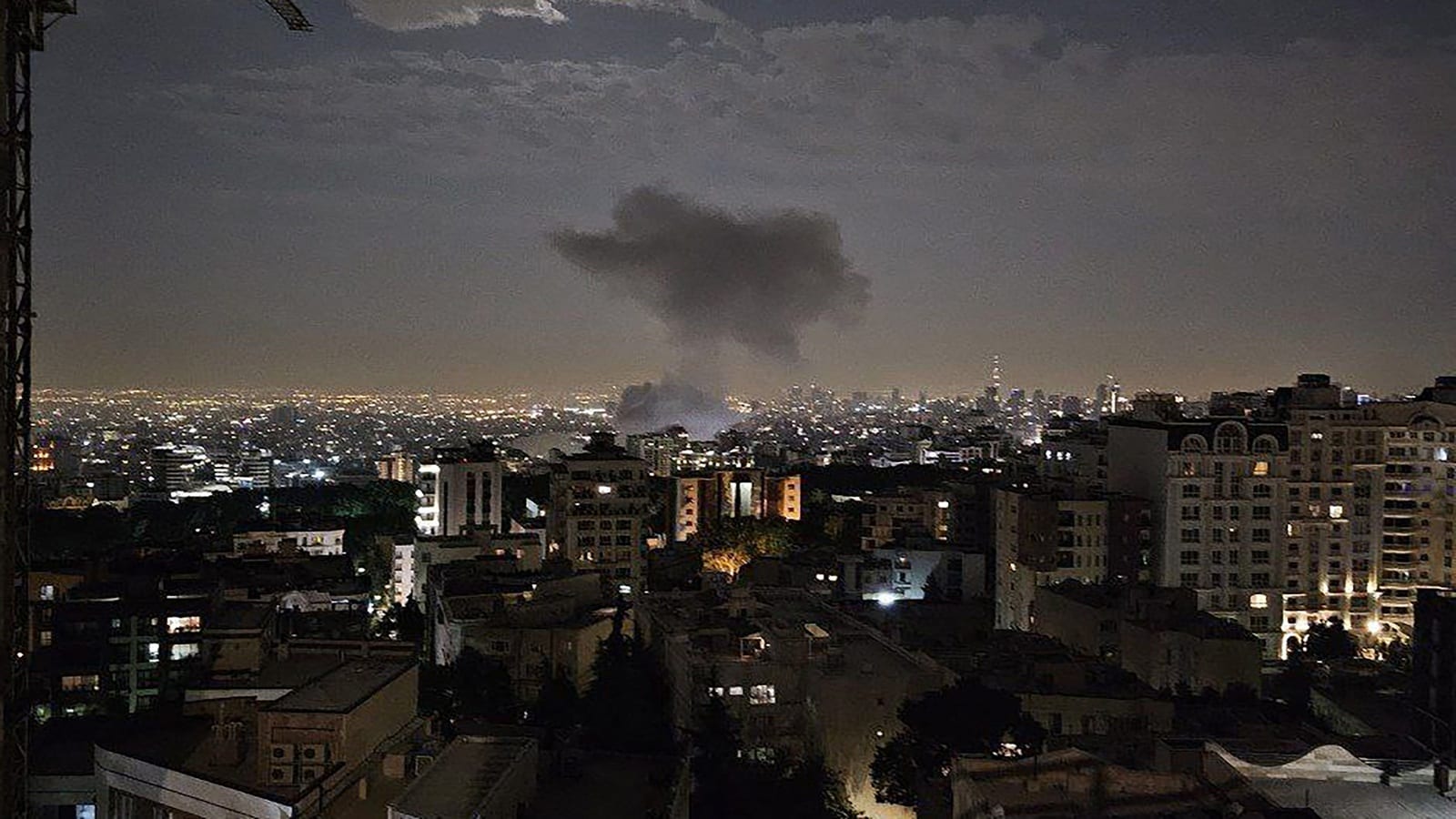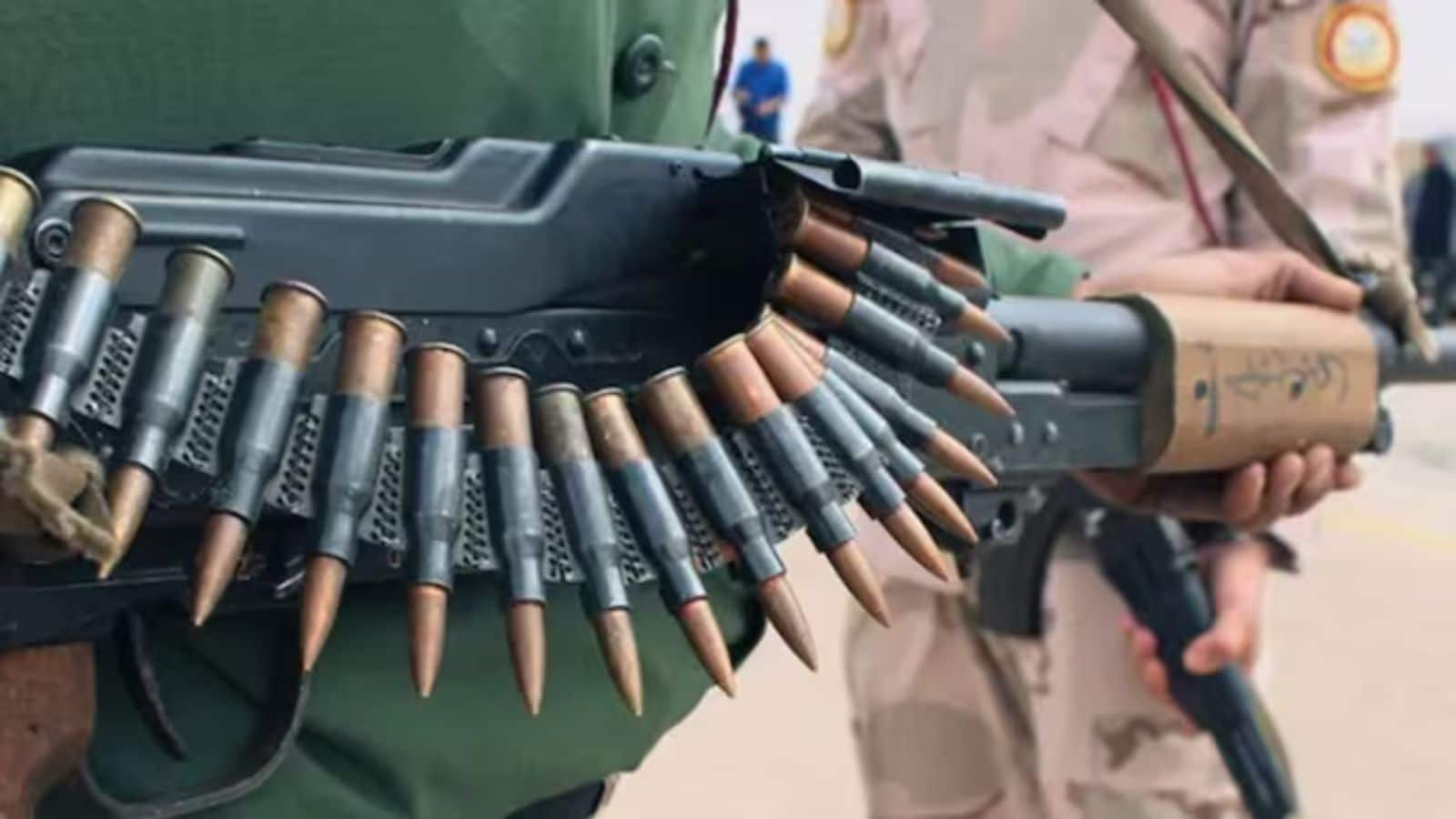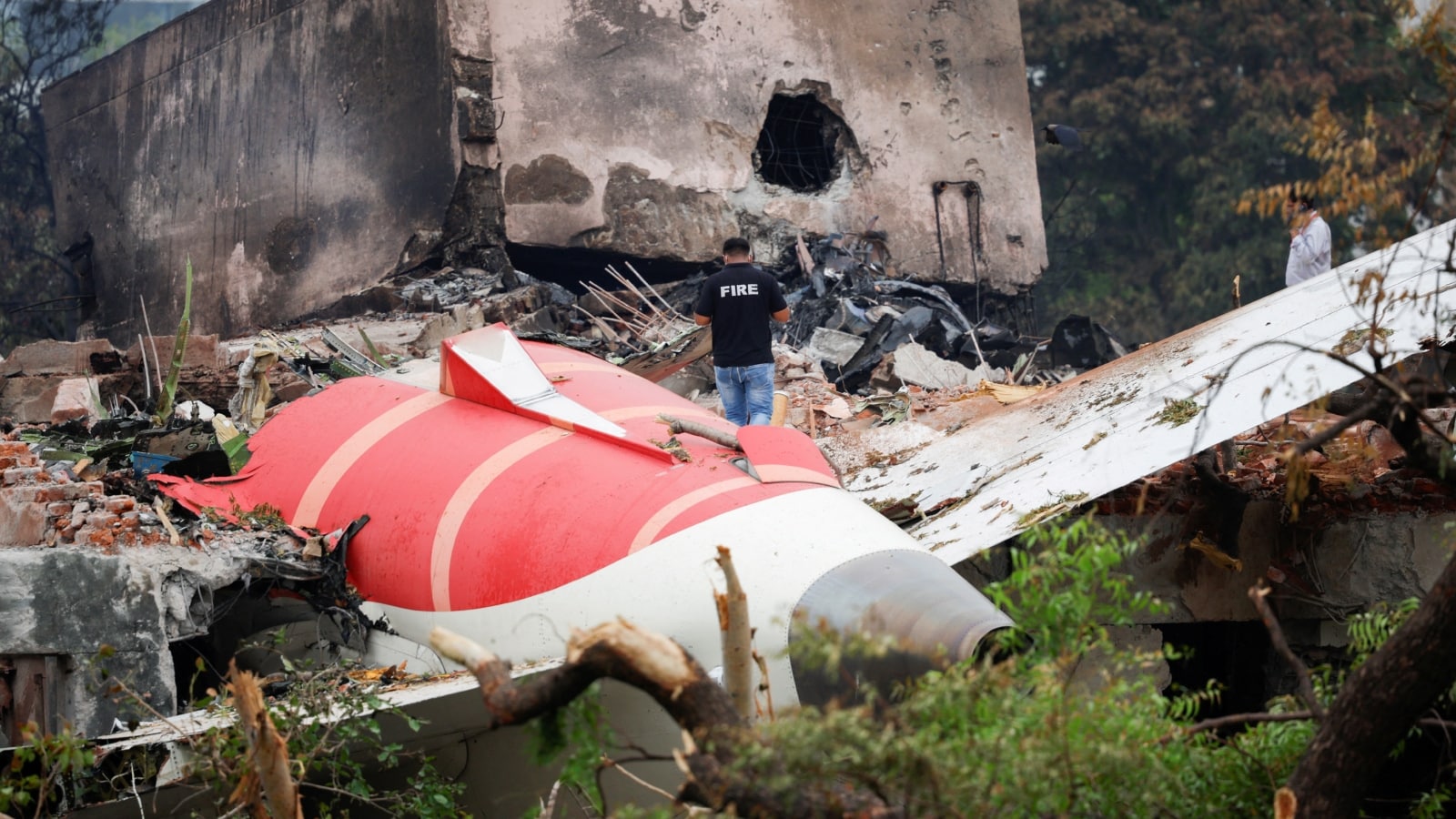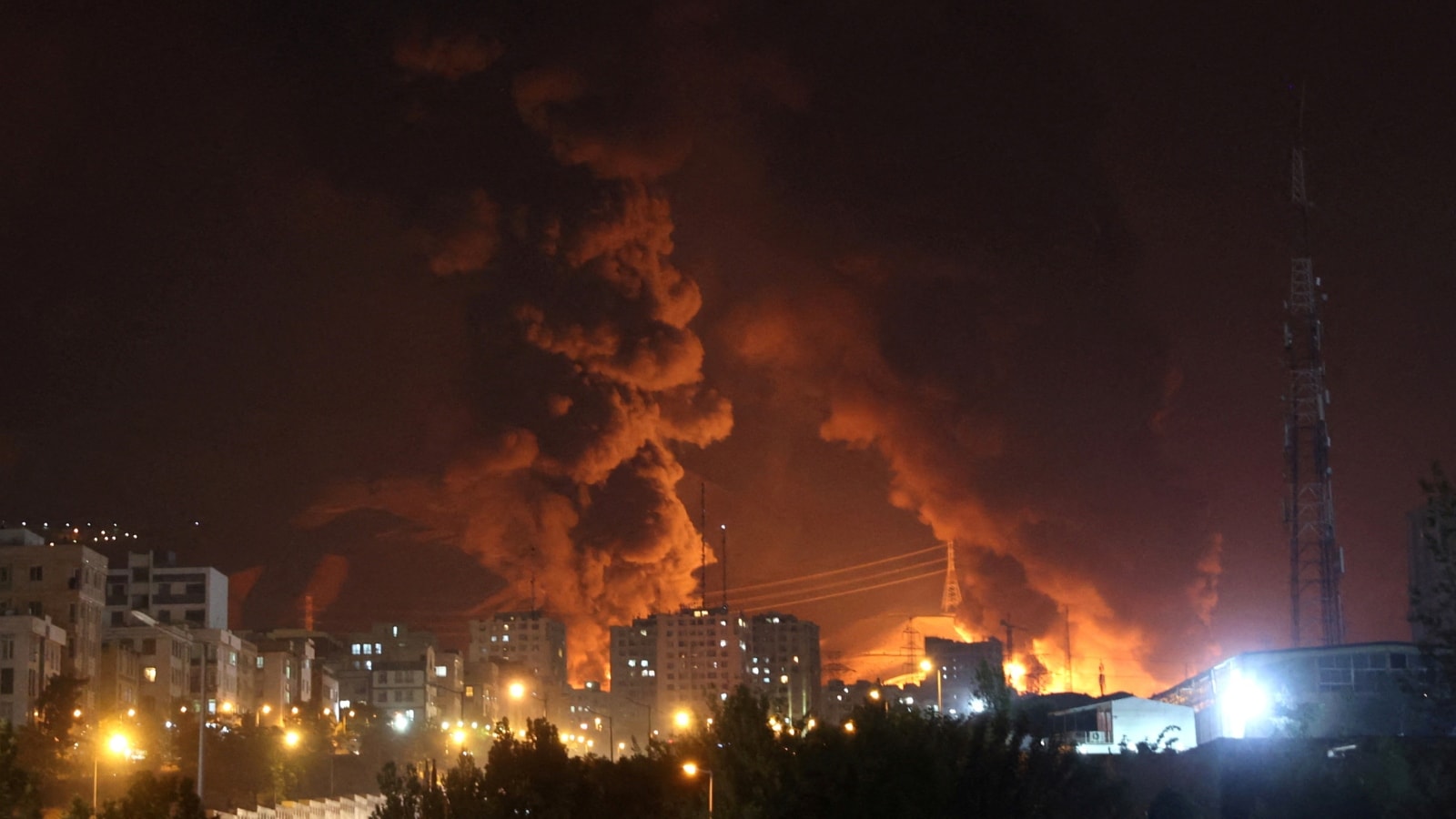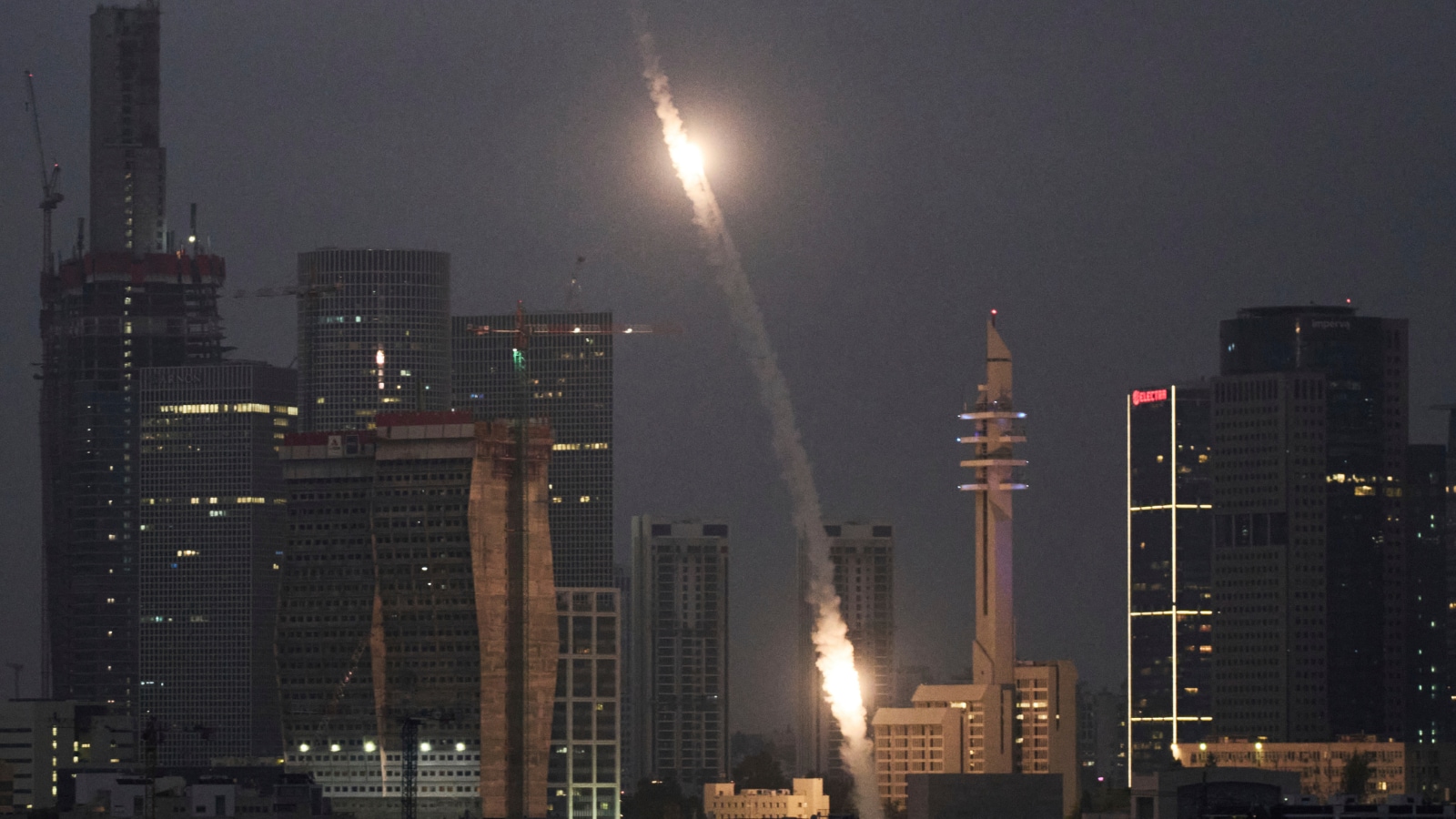Last Updated:June 14, 2025, 21:58 IST
While a defensive success overall, the penetrations highlight the inherent challenge of achieving 100% interception of such a massive salvo

The Houthis have launched several drones and missiles on Israel since the Gaza war broke out. (Representational image/Reuters)
Iran has launched an unprecedented direct assault on Israel, with Houthi forces also unleashing opportunistic strikes, top intelligence sources told CNN-News18 on Saturday.
“Israel achieved defensive success, limiting penetration," said a source. “Israel’s multi-layered interception system proved effective. No Indian casualties have been reported, and Indian mission members are safe. Civilians sheltered overnight. Israel conducted aggressive and precise counterattacks, including destruction of the Iranian ghost fleet."
A precursor drone swarm attack by Iran, involving approximately 100 suicide drones, was largely intercepted by Israel and its allies, including Jordanian forces, said the sources.
Intelligence sources suggest these drones were likely intended to overwhelm defences and serve as cheaper decoys for the main missile strike.
“Iran launched four distinct waves of ballistic missiles (estimated 100-150 total) at approximately 9 pm, 10 pm, 1 am, and 5.30 am," a source said. “This phased approach aimed to sustain pressure, test Israeli and US defensive endurance, and increase the likelihood of penetration."
The scale of the attack represents a significant, direct escalation beyond proxy warfare, the sources said.
Israeli air defences (Arrow, David’s Sling, Iron Dome), combined with US Patriot batteries, THAAD systems, and naval assets, intercepted the vast majority of the incoming drones and missiles, they added.
This, according to them, demonstrates remarkable technological capability and crucial operational coordination between the US and Israel.
Jordan’s involvement is strategically significant for regional dynamics, they said.
Despite these defences, a small number of missiles hit Tel Aviv, central, and northern Israel, causing significant damage to buildings. Confirmed reports indicate 3-4 fatalities and approximately 80 injuries.
While a defensive success overall, the penetrations highlight the inherent challenge of achieving 100% interception of such a massive salvo.
The relatively low casualty count suggests Iran may have prioritised symbolic strikes over mass casualties or that the defensive measures mitigated more severe outcomes, said the sources.
During the Iranian barrage, Houthi forces launched drone attacks against Israel. This highlights the multi-front nature of the conflict Israel faces and the coordination (or opportunistic timing) among Iran’s allies to maximise pressure on Israeli defences.
IDF strikes reportedly damaged the Isfahan nuclear facility, Tabriz and Hamadan airbases, and Tehran’s Mehrabad Airport.
Overnight strikes targeted a Karaj radar site, Iranian Air Force HQ (Tehran), Basij HQ, and bases in Safadasht and Sanjan.
This represents a deep and audacious counterstrike directly into Iranian territory, said the sources.
The targeting of nuclear facilities (symbolic deterrent), airbases (degrading capability), command and control nodes (Air Force HQ, Basij HQ), and radar installations (blinding defences) indicates a comprehensive effort to cripple Iran’s military infrastructure and retaliate forcefully.
A focused strike on Nojeh Airbase (near Hamadan) destroyed a significant portion of Iran’s operational F-4E/RF-4E Phantom fighter jets.
“This is a significant tactical blow, eliminating a portion of Iran’s ageing but still relevant air combat power. It signals Israel’s ability to locate and destroy high-value assets deep within Iran," a source said.
Iran claims to have shot down two Israeli F-35s. Israel strongly denies this claim.
This exchange marks a dangerous, direct state-on-state conflict between Iran and Israel, escalating far beyond the long-standing shadow war and proxy conflicts, said the sources.
Iran’s attack, while massive, appeared designed more for demonstration and a show of capability, potentially in response to Israeli strikes on its officials and consulate, rather than to inflict catastrophic damage or trigger full-scale war.
Israel’s response, while devastating to specific targets, also seemed calibrated for significant retaliation without necessarily seeking immediate, all-out war.
The high interception rate demonstrates the effectiveness of Israel’s multi-layered air defence system, significantly augmented by crucial US support.
This defensive success represents a major strategic win for Israel, sources said.
“Israel’s counterstrikes were remarkably deep, wide-ranging, and precise, targeting symbolic, strategic, and tactical assets across Iran. This demonstrates significant intelligence capability and strike proficiency," a source said. “Jordan’s interception efforts and the robust US defensive role highlight the importance of regional partnerships for Israel."
The Houthi involvement underscores Iran’s ability to activate its proxies, the sources added.
Both sides may seek to de-escalate following this exchange; however, these direct attacks have fundamentally altered the rules of engagement.
The risk of further miscalculation or a renewed cycle of violence remains extremely high, said sources.
Group Editor, Investigations & Security Affairs, Network18
Group Editor, Investigations & Security Affairs, Network18
News world Unprecedented Direct Assault On Israel By Iran, Opportunistic Strikes By Houthis: Sources To News18

 13 hours ago
13 hours ago

